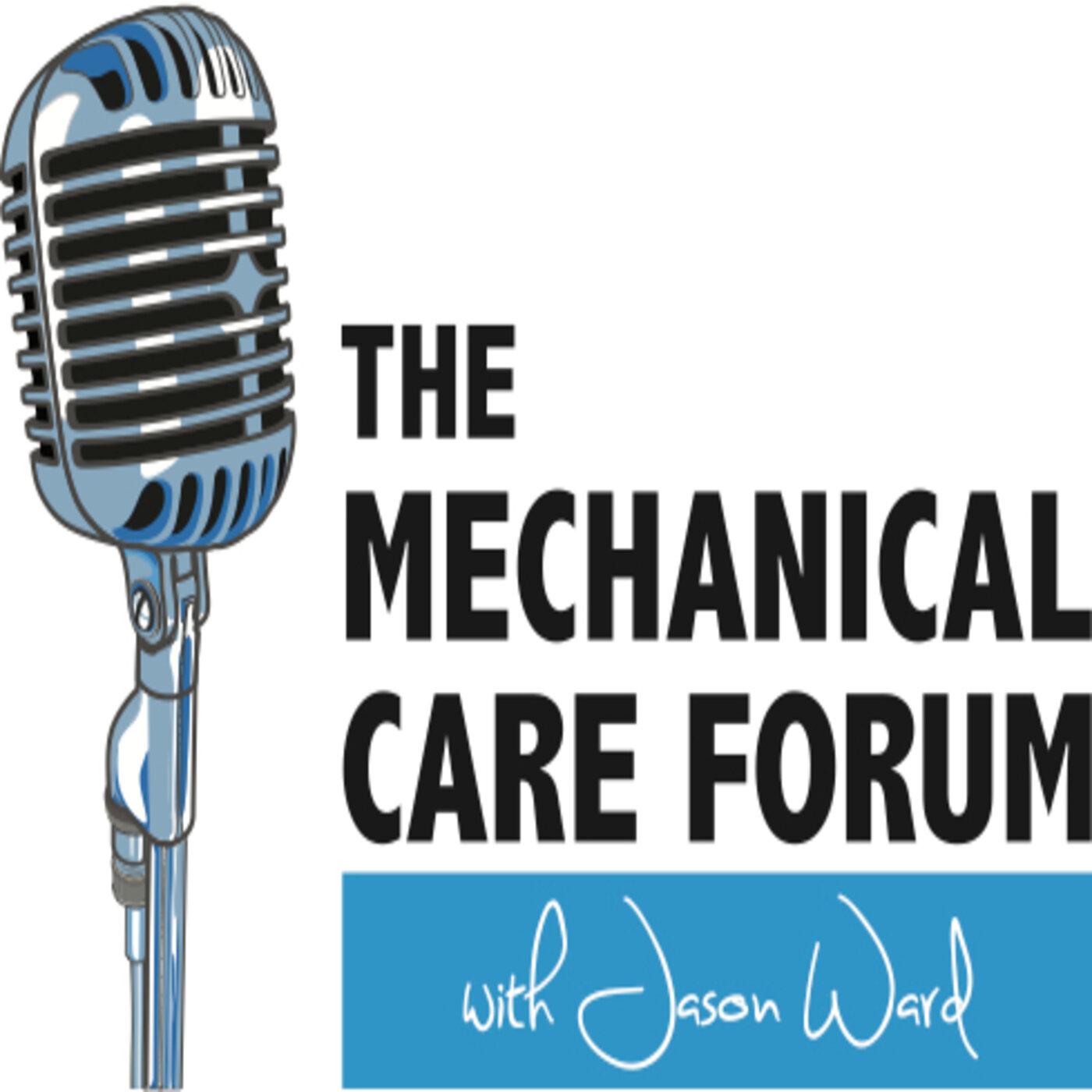In episode 12 of season 8 of Inside the Science, we highlight the study, “A randomized clinical trial to compare the immediate effects of seated thoracic manipulation and targeted supine thoracic manipulation on cervical spine flexion range of motion and pain” with Dr Steve Karas. You’ll hear him explain the results of each thoracic manipulation, other papers that address this topic of regional interdependence, the clinical implications and big takeaways.
Season 5, Episode 10 with Chad Cook: High impact chronic pain transition in surgical recipients with cervical spondylotic myelopathy
In episode 10 of season 5 of Inside the Science, we’re highlighting the study, “High-impact chronic pain transition in surgical recipients with cervical spondylotic myelopathy” with Dr Chad Cook. He explains more about this label of high impact chronic pain, more in-depth clarification of the methods of this study, who this data may be most meaningful to and with whom we may be wise to share it, the clinical presentation of cervical spondylotic myelopathy, the clinical implications and the big takeaways.
Season 5, Episode 3 with Terry Rose: Measurement of outcomes for patients with centralising versus non-centralising neck pain
In episode 3 of season 5 of Inside the Science we’re highlighting the study, “Measurement of outcomes for patients with centralizing versus non-centralizing neck pain” with Dr. Terry Rose. He shares what was lacking in the literature which prompted this study, the operational definition of centralization which was used, the most important data he’d suggest we take from the results, the clinical implications and the big takeaways.
Season 4, Episode 13 with Pierre Cote: Is a government -regulated rehab guideline more effective than a GP education or preferred-provider rehab for acute whiplash
In episode 13 of season 4 we’re highlighting the study, “Is a government-regulated rehabilitation guideline more effective than general practitioner education or preferred-provider rehabilitation in promoting recovery from acute whiplash-associated disorders? A pragmatic randomised controlled trial” with Dr. Pierre Cote. If you’d like to get access to the full discussion with Dr. Cote to hear him further explain how too much care too early can delay recovery, the differences of what was delivered in these three groups, how reducing the time it took for patients to receive care affected recovery, the specific implications and the big takeaways.
Season 4, Episode 11 with Pierre Cote: Management of neck pain and associated disorders: A clinical practice guideline from the OPTIMa
In episode 11 of season 4, we’re highlighting the study, “Management of neck pain and associated disorders: A clinical practice guideline from the Ontario Protocol for Traffic Injury Management (OPTIMa) Collaboration” with Dr. Pierre Cote. If you’d like to get access to the full discussion with Dr. Cote to hear him further explain the bone and joint decade task force on neck pain and associated disorders which led to this study, how clinical guidelines, in general, should be used and their value, the specific implications and the big takeaways.
Season 2, Episode 6 with Helen Clare: Reliability of McKenzie Classification
In episode 6 of season 2 of Inside the Science we’re highlighting the study, Reliability of Mckenzie classification of patients with cervical or lumbar pain and discussing it with the author Dr. Helen Clare. She shares what was happening in research reliability studies at that time which influenced the design, a criticism of some of the results, another paper on this topic and what it showed, how this should influence our practice, and the big takeaways.
Season 1, Episode 12 with Nikolai Bogduk: Cervicogenic headache: an assessment of the evidence
In episode 12 of season 1 of Inside the Science we’re highlighting the study, Cervicogenic headache: an assessment of the evidence on clinical diagnosis, invasive tests, and treatment and discussing it with one of its authors Dr. Nikolai Bogduk. He shares a look at the paper analyzing whether the cervical spine structures are responsible for headache and if so, in what scenarios. He explains his analysis, how the determination was made, common treatments and their efficacy, and recommended other work which would shed further light on this topic.
Season 1, Episode 3 with Cody Mansfield: Systematic review of the Sharp-Purser test
In S1E3 we summarize a systematic review of the Sharp-Purser test by Dr. Cody Mansfield. We share its four aims including to determine its diagnostic accuracy, its reliability, its safety and patterns of use. We share sensitivity, specificity, positive and negative likelihood ratios and we hear from Dr. Mansfield as to what prompted this work.
Season 1, Episode 2 with Cody Mansfield: A case report identifying the cause of a false positive Sharp–Purser test
In S1E2 we highlight a case report by Dr. Cody Mansfield entitled, Cervical myelopathy causing numbness and paresthesias in lower extremities: A case report identifying the cause of a false positive Sharp–Purser test. Differential diagnosis, the diagnostic accuracy and safety and appropriateness of utilizing the Sharp-Purser test are all major themes in this paper. Subscribers to the premium version will hear more details on this case, how this case prompted a systematic review of the Sharp-Purser test which we’ll highlight in S1E3, the big takeaways and additional studies which will further focus on screening for red flags, special test sensitivity, and other, related special tests.
